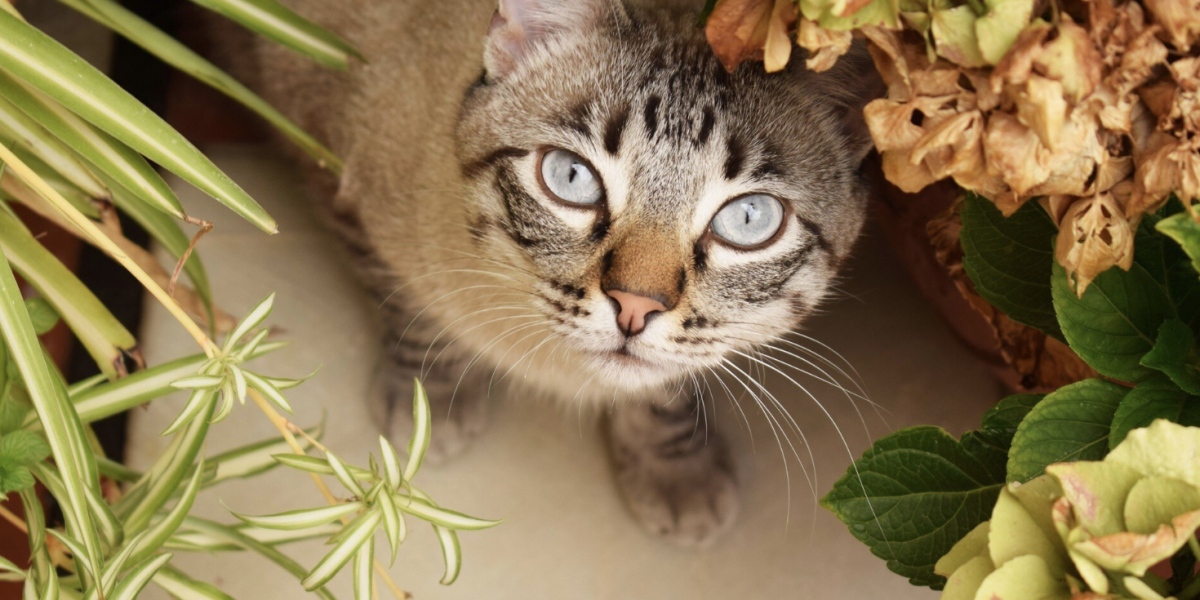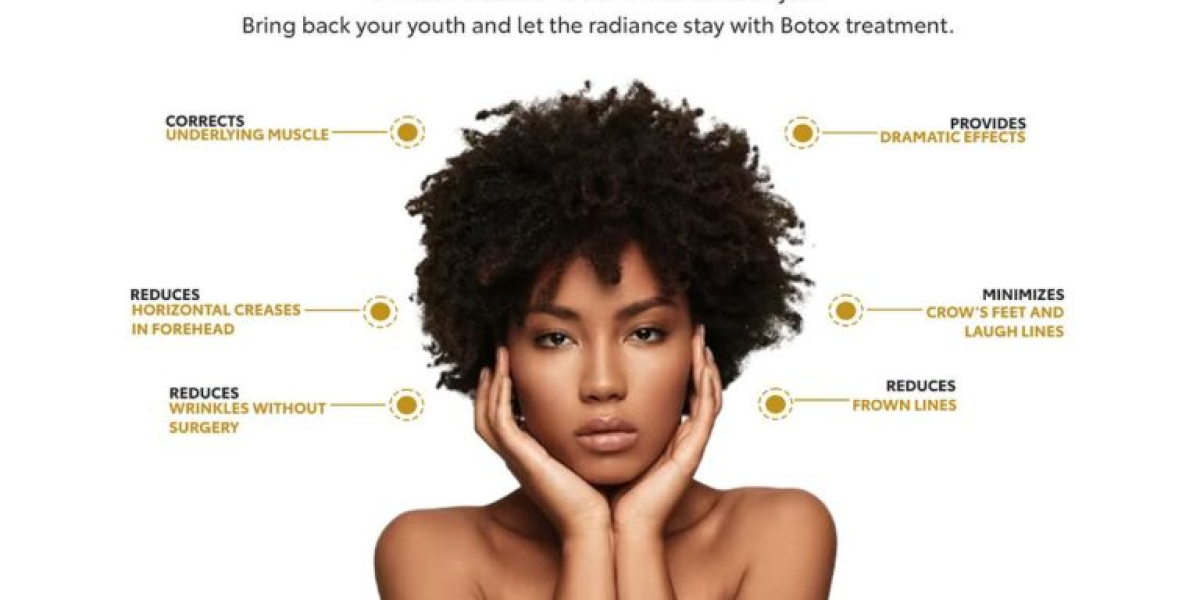Bengal cats are celebrated not only for their playful personalities but also for their stunning coats. Their unique fur patterns and textures set them apart from other breeds, making them a favorite among cat enthusiasts. Understanding the different coat types, including spots, rosettes, and the mesmerizing glitter effect, can help potential owners appreciate the beauty of Bengals even more.
This article will delve into the intricacies of Bengal coats, exploring the various patterns, colors, and the science behind their glittering appearance. By the end, you’ll have a comprehensive understanding of what makes Bengal coats so special.
The Basics of Bengal Coat Patterns
Bengal cats exhibit a variety of coat patterns, primarily spots and rosettes. Each pattern has its own charm and appeal, contributing to the breed's exotic look. Here’s a closer look at these two primary coat patterns.
Spots: The spotted pattern is characterized by random, distinct spots that can vary in size and shape. These spots can be large or small and are often well-defined against the cat's base coat color. The spots can appear in various colors, including black, brown, and even silver.
Rosettes: Rosettes are a hallmark of the Bengal breed, resembling the markings of a leopard. These patterns consist of larger spots with a darker outline and a lighter center, giving them a three-dimensional appearance. Rosettes can be found in various shapes, including circular, oval, or even irregular forms.
Both patterns contribute to the Bengal's wild appearance, making them look like miniature leopards or ocelots.
Understanding Bengal Coat Colors
In addition to patterns, Bengal cats come in a range of colors that enhance their striking appearance. The most common colors include:
Brown Spotted: This is the most recognized color for Bengals, featuring a warm, golden-brown base with dark brown or black spots and rosettes.
Snow: Snow Bengals have a lighter coat, often cream or white, with darker markings. This color variation can include seal lynx points, which are darker markings on the ears, face, and tail.
Silver: Silver Bengals have a stunning coat with a silvery-white base and dark gray or black markings. This color gives them a unique and elegant appearance.
Charcoal: Charcoal Bengals have a darker base coat with a smoky appearance. Their markings can be more pronounced, often appearing as dark spots or rosettes against the charcoal background.
Each color variation adds to the allure of Bengal cats, making them a visually captivating breed.
The Glitter Effect: A Unique Trait
One of the most fascinating aspects of Bengal coats is the glitter effect. This unique feature sets Bengals apart from other breeds and adds to their exotic appeal. The glitter effect is caused by the structure of the individual hairs, which have a translucent quality that reflects light.
How It Works: The hairs of a Bengal cat are not only colored but also have a unique structure that allows them to reflect light. This creates a shimmering effect, especially in sunlight, giving the coat a sparkling appearance.
Why It Matters: The glitter effect enhances the overall beauty of the Bengal coat, making it look luxurious and eye-catching. It is a desirable trait among breeders and cat enthusiasts alike.
Understanding the glitter effect can help potential owners appreciate the unique beauty of Bengal cats even more.
Caring for Your Bengal's Coat
Maintaining the health and appearance of your Bengal's coat is essential for their overall well-being. Here are some tips for proper coat care:
Regular Grooming: While Bengals have short coats that require minimal grooming, regular brushing can help remove loose hair and reduce shedding. Use a soft-bristle brush or grooming mitt to keep their coat healthy and shiny.
Bathing: Bengals are generally good at self-grooming, but occasional baths may be necessary if they get into something messy. Use a cat-specific shampoo and ensure you rinse thoroughly to avoid skin irritation.
Healthy Diet: A balanced diet rich in essential fatty acids can promote a healthy coat. Consult your veterinarian for dietary recommendations that support your Bengal's coat health.
By following these care tips, you can help maintain the beauty and health of your Bengal's coat.
The Role of Genetics in Coat Patterns
The stunning coat patterns and colors of Bengal cats are influenced by genetics. Understanding the genetic factors can provide insight into why Bengals exhibit such diverse appearances.
Breeding Practices: Responsible breeding practices play a crucial role in producing Bengals with desirable coat patterns and colors. Breeders often select for specific traits to enhance the breed's overall appearance.
Genetic Variability: The genetic makeup of each Bengal cat can result in variations in coat patterns and colors. This variability is what makes each Bengal unique, with no two cats looking exactly alike.
By appreciating the genetic factors behind Bengal coats, potential owners can better understand the breed's diversity.
Conclusion
Bengal cats are truly a marvel of nature, with their stunning coats featuring spots, rosettes, and the enchanting glitter effect. Understanding the intricacies of their coat patterns and colors can deepen your appreciation for this remarkable breed.
Whether you are a potential owner or a long-time Bengal enthusiast, recognizing the beauty and uniqueness of their coats adds to the joy of sharing your life with these extraordinary cats. As you admire your Bengal's striking appearance, you may even find yourself enjoying those delightful whisker wynk moments that showcase their playful and affectionate nature. Embrace the beauty of Bengal coats, and celebrate the unique traits that make them such captivating companions.







